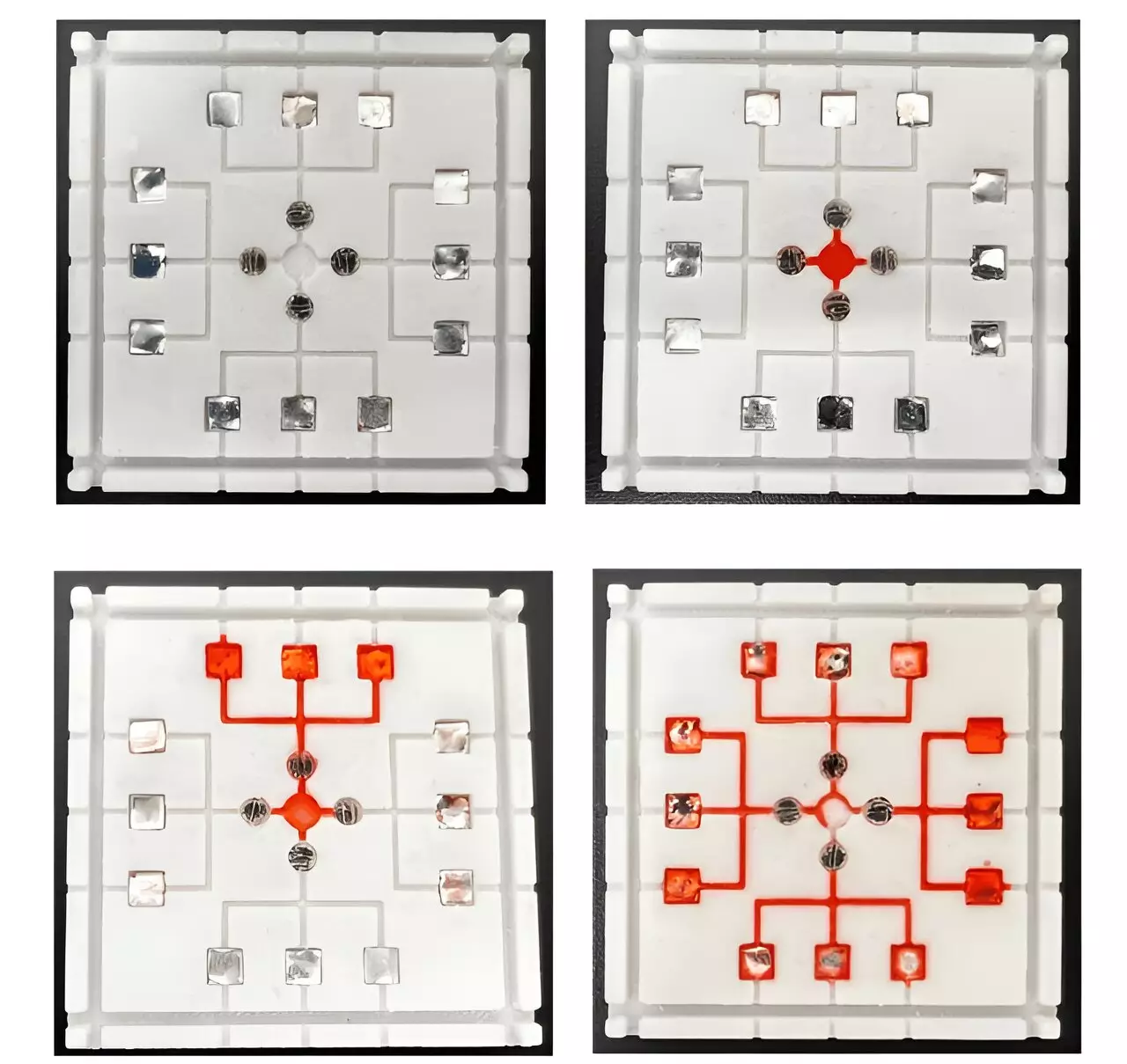Food recalls due to contamination are a common occurrence, causing concern among consumers about the safety of the products they consume. Despite efforts by the food industry to combat pathogens, outbreaks still happen, leading to illnesses in some cases. The existing tools for detecting harmful pathogens are often inadequate, leaving gaps in the screening process. However, researchers from Guangdong University of Technology and Pudong New District People’s Hospital have developed a new method for detecting foodborne pathogens that is faster, cheaper, and more effective than current methods.
Identifying foodborne pathogens is a complex and challenging task due to the diverse nature of the pathogens and the different environments in which they can survive. Additionally, low concentrations of pathogens in large food samples, the presence of non-pathogenic organisms, and the variety of food types make accurate and rapid detection difficult. Although existing methods such as cell culture and DNA sequencing are available, they are not practical for large-scale use, leading to some contaminants slipping through the testing process. Improved detection techniques are needed to address these limitations and enhance food safety.
The researchers developed a microfluidic chip that utilizes light to detect multiple types of pathogens simultaneously. Unlike traditional methods, this chip is created using 3D printing, making it easy to produce in large quantities and customize to target specific pathogens. The chip is divided into four sections, each designed to detect a specific pathogen. When a pathogen is present in the sample, it will bind to a detection surface and alter its optical properties. This innovative approach allows for the rapid and accurate detection of common bacteria like E. coli, salmonella, listeria, and S. aureus at very low concentrations. The ease of interpretation of the detection results significantly improves efficiency in pathogen detection.
The microfluidic chip developed by the researchers offers several advantages over existing detection methods. Its ability to detect multiple pathogens simultaneously increases the scope of screening, reducing the likelihood of missing contaminants. The chip’s quick and effective detection process, along with easy interpretation of results, enhances efficiency in identifying harmful pathogens in food samples. Furthermore, the use of 3D printing technology makes the fabrication of the chip cost-effective and scalable, allowing for widespread implementation in food screening processes.
The researchers plan to further refine and optimize their microfluidic chip for food pathogen detection to make it even more suitable for large-scale screening. By enhancing the capabilities of the chip and expanding its target pathogens, they aim to contribute to improved food safety measures and reduce the risk of foodborne illnesses among consumers. The ongoing development of this innovative detection method holds promise for revolutionizing the way food safety is ensured in the future.
The new method for detecting foodborne pathogens represents a significant advancement in the field of food safety. By addressing the limitations of existing detection techniques and offering a faster, cheaper, and more effective solution, the researchers have introduced a valuable tool for enhancing food screening processes. The innovation in pathogen detection not only improves efficiency but also contributes to the prevention of foodborne illnesses, ultimately benefitting consumers and the food industry as a whole.



Leave a Reply